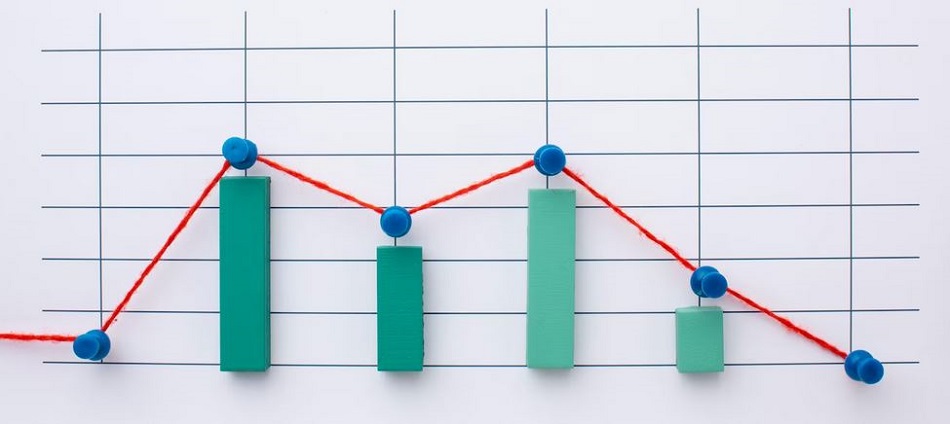
As an investor, it’s crucial to understand how to calculate the percentage gain or loss on your investments. This knowledge helps you make informed decisions and evaluate the performance of your investments. In this article, we’ll show you how to calculate the percentage gain or loss on an investment using a simple formula.
Why Calculating Percentage Gain or Loss Is Important for Your Investments

We will look at why calculating percentage gain or loss is important and how you can use it to improve your investment decision-making process.
Evaluate Investment Performance
Calculating the percentage gain or loss on your investments helps you evaluate the performance of your portfolio. By comparing the returns on different investments, you can identify the best-performing assets and adjust your investment strategy accordingly.
Manage Risks
Calculating percentage gain or loss also helps you manage the risks associated with investing. By analyzing the performance of your portfolio, you can identify which investments are riskier and which ones are less risky. This information can help you adjust your investment strategy and avoid overexposure to high-risk assets.
Monitor Your Investments
Calculating the percentage gain or loss on your investments also helps you keep track of your investments. By monitoring the performance of your investments regularly, you can identify any underperforming assets and take corrective action before the situation worsens.
Make Informed Decisions
Finally, calculating percentage gain or loss on your investments helps you make informed investment decisions. By analyzing the performance of your portfolio, you can identify which investments are likely to generate higher returns and which ones are likely to underperform. This information can help you make smarter investment decisions and avoid costly mistakes.
Formula for Calculating Profit or Loss Percentage
The formula to calculate the percentage gain or loss on an investment is as follows:
Percentage Gain or Loss = (Current Value – Original Value) / Original Value x 100%
Where:
- Current Value is the current value of the investment
- Original Value is the initial value of the investment
Calculating Percentage Gain
To calculate the percentage gain on an investment, follow these steps:
- Determine the original value of the investment. Let’s say you purchased a stock for $1,000.
- Determine the current value of the investment. Let’s say the current value of the stock is $1,500.
- Use the formula to calculate the percentage gain. The calculation would be as follows:
Percentage Gain = ($1,500 – $1,000) / $1,000 x 100% Percentage Gain = 50%
In this example, the percentage gain on the investment is 50%.
Calculating Percentage Loss
To calculate the percentage loss on an investment, follow these steps:
- Determine the original value of the investment. Let’s say you purchased a stock for $1,000.
- Determine the current value of the investment. Let’s say the current value of the stock is $500.
- Use the formula to calculate the percentage loss. The calculation would be as follows:
Percentage Loss = ($500 – $1,000) / $1,000 x 100% Percentage Loss = -50%
In this example, the percentage loss on the investment is 50%. Note that the result is negative because the investment has decreased in value.
Calculating Percentage Gain or Loss on a Portfolio
Suppose you have a portfolio of stocks, and the value of the portfolio has increased from $100,000 to $120,000. Let’s use the formula to calculate the percentage gain:
Percentage Gain = [(Current Value – Original Value) / Original Value] x 100% Current Value = $120,000 Original Value = $100,000 Percentage Gain = [($120,000 – $100,000) / $100,000] x 100% Percentage Gain = 20%
In this example, the percentage gain on the portfolio is 20%.
Conclusion
Calculating the percentage gain or loss on an investment is essential to evaluate the performance of your investments. By following the steps and formula outlined in this article, you can make informed investment decisions and assess your portfolio’s performance accurately.
Remember that past performance is not an indicator of future results, and it’s essential to conduct thorough research before making any investment decisions.